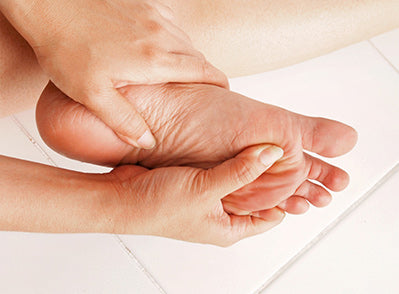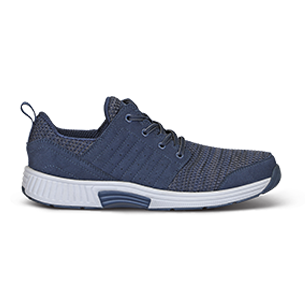THE BEST SHOES FOR DIABETES
If you have diabetes, you know it affects every aspect of your daily life. From what to eat, how much to exercise, how to take care of your feet and what shoes to wear are some of the things you need to constantly think about..
The good thing is that with simple lifestyle changes, you can manage your diabetes, reducing the pain, swelling, tingling and other symptoms you might have.
To start, you should look at your shoes and make sure they are the best shoes for diabetes. This means they have been especially designed to accommodate a sensitive foot with features not found in regular shoes.

THE BEST SHOES FOR DIABETES

If you have diabetes, you know it affects every aspect of your daily life. From what to eat, how much to exercise, how to take care of your feet and what shoes to wear are some of the things you need to constantly think about..
The good thing is that with simple lifestyle changes, you can manage your diabetes, reducing the pain, swelling, tingling and other symptoms you might have.
To start, you should look at your shoes and make sure they are the best shoes for diabetes. This means they have been especially designed to accommodate a sensitive foot with features not found in regular shoes.
Symptoms of diabetes are encompassing & can include any of the following:
- Tingling
- Burning sensation
- Neuropathy or loss of sensation in the feet and hands
- Foot pain
- Cuts, sores and wounds that don’t heal quickly
- Edema or swelling in the legs, feet and toes
- Tingling
- Burning sensation
- Neuropathy or loss of sensation in the feet and hands
- Foot pain
- Cuts, sores and wounds that don’t heal quickly
- Edema or swelling in the legs, feet and toes
These symptoms occur due to the nature of the condition which affects the body’s ability to process sugar in the blood leading, meaning high sugar levels. High sugar levels for a prolonged period of time have a damaging effect on the body and various organs such as the pancreas, blood vessels, kidneys, eyes, nervous system and immune system.
With the right pair of diabetic shoes, the symptoms listed above can be controlled and minimized so that you can embrace diabetes and live a healthy an active life.
Stretch Upper &
Wide Toe-Box

Conforms to your foot shape for a pressure free fit
PODIATRIST APPROVED DIABETIC SHOES

PODIATRIST APPROVED
DIABETIC SHOES

Stretch Upper &
Wide Toe-Box

Conforms to your foot shape for a pressure free fit


“I have tried everywhere to find a comfortable shoe. I finally found it!!! From the moment I put the shoe on it felt like it was made just for me. I have diabetes, hammer toes & a morton's neuroma which cause me a lot of pain, but not anymore.”



